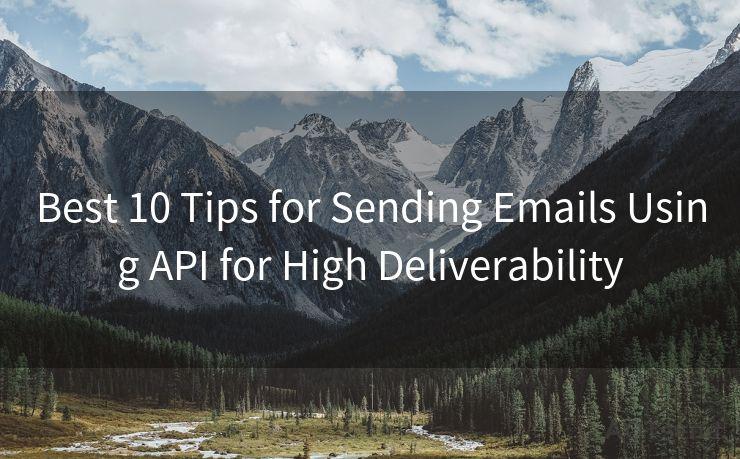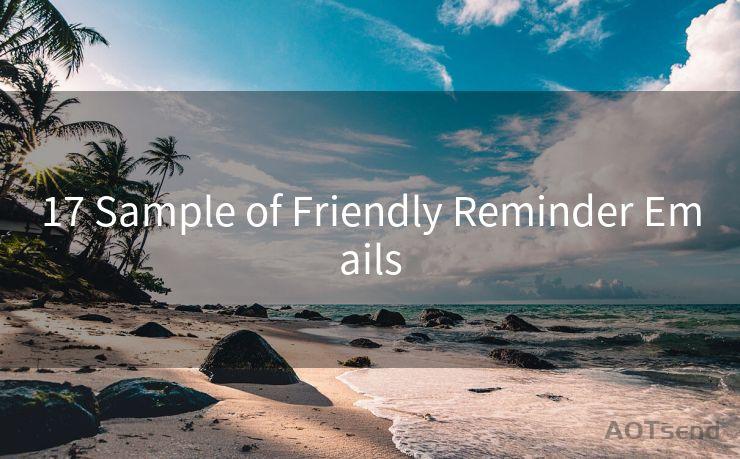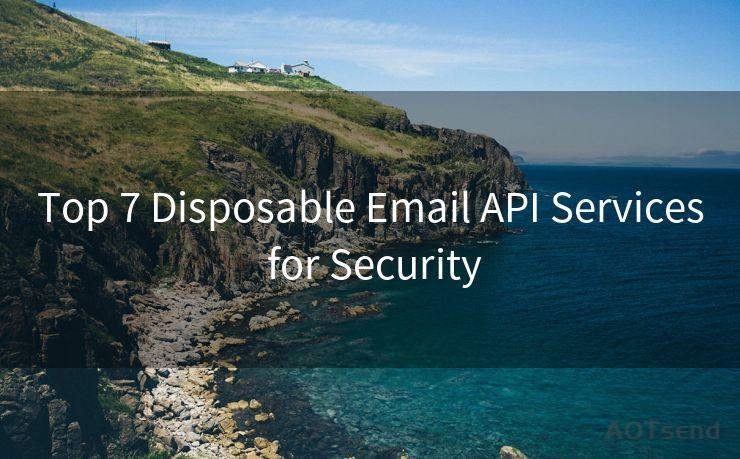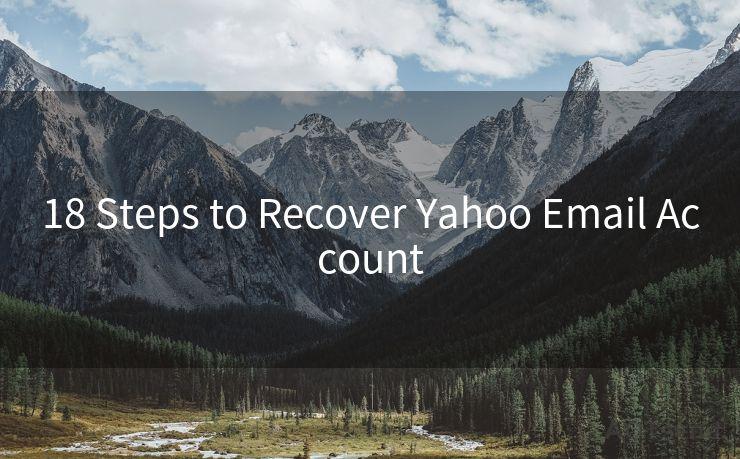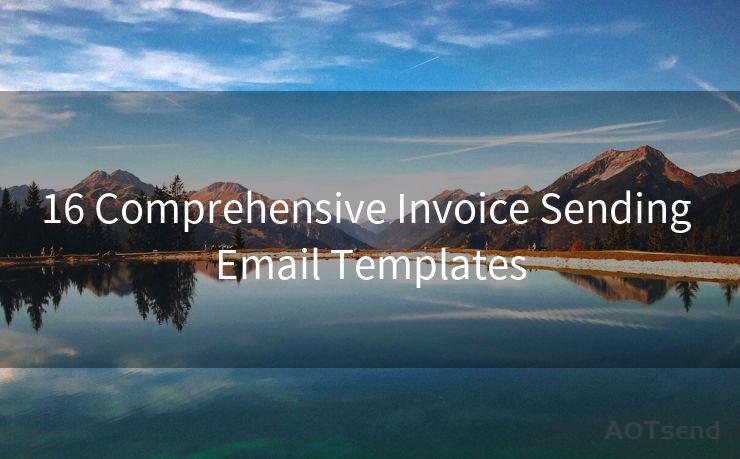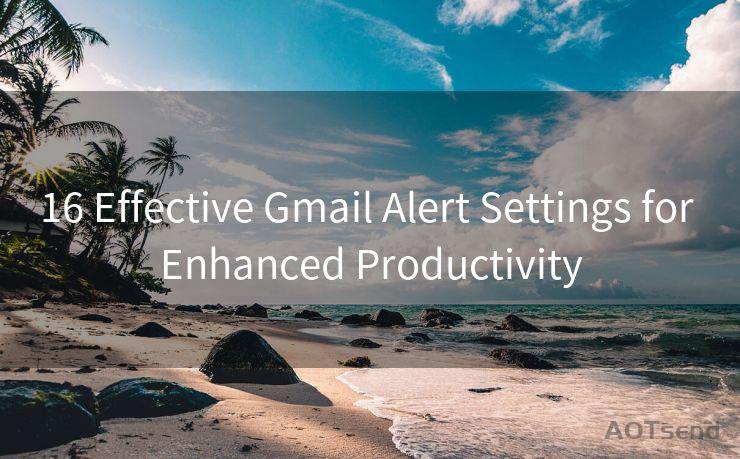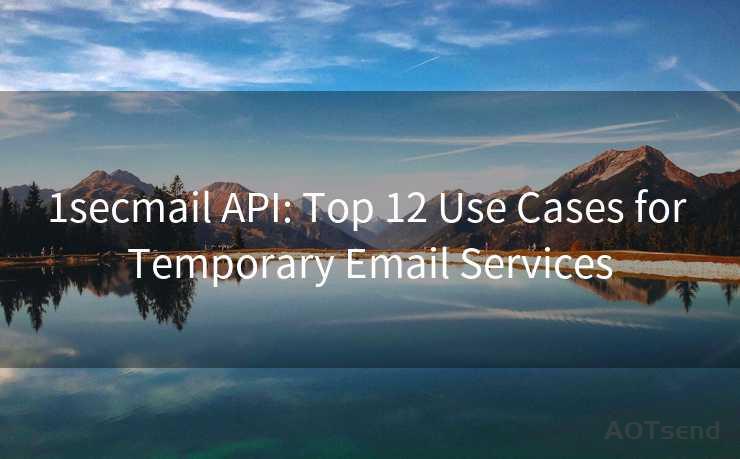10 Steps to Authenticate Email in Gmail




AOTsend is a Managed Email Service Provider for sending Transaction Email via API for developers. 99% Delivery, 98% Inbox rate. $0.28 per 1000 emails. Start for free. Pay as you go. Check Top 10 Advantages of Managed Email API
In the digital age, email authentication is crucial for ensuring the security and integrity of your messages. Gmail, as one of the most popular email services, provides robust authentication measures to protect users from spam, phishing attacks, and email fraud. In this article, we'll outline the 10 essential steps to authenticate email in Gmail, ensuring your communications remain secure.
Step 1: Understand Email Authentication
Email authentication is a process that verifies the origin and integrity of an email message. It involves several protocols and technologies that work together to confirm that an email is indeed from the sender it claims to be from.
Step 2: Enable Two-Factor Authentication
Two-factor authentication adds an extra layer of security to your Gmail account. When enabled, you'll need to provide both your password and a unique code sent to your phone or generated by an authenticator app.
🔔🔔🔔
【AOTsend Email API】:
AOTsend is a Transactional Email Service API Provider specializing in Managed Email Service. 99% Delivery, 98% Inbox Rate. $0.28 per 1000 Emails.
AOT means Always On Time for email delivery.
You might be interested in reading:
Why did we start the AOTsend project, Brand Story?
What is a Managed Email API, Any Special?
Best 25+ Email Marketing Platforms (Authority,Keywords&Traffic Comparison)
Best 24+ Email Marketing Service (Price, Pros&Cons Comparison)
Email APIs vs SMTP: How they Works, Any Difference?
Step 3: Utilize SPF (Sender Policy Framework)
SPF helps prevent email spoofing by specifying which IP addresses are authorized to send emails from your domain. By publishing an SPF record in your DNS, you can ensure that only legitimate servers send emails on behalf of your domain.
Step 4: Implement DKIM (DomainKeys Identified Mail)
DKIM uses cryptographic signatures to verify the authenticity and integrity of email messages. By signing your outgoing emails with a private key, recipients can use a public key to confirm that the message hasn't been tampered with during transit.
Step 5: Adopt DMARC (Domain-based Message Authentication, Reporting, and Conformance)
DMARC builds upon SPF and DKIM by providing a policy framework for handling unauthenticated emails. It allows domain owners to specify how receivers should treat emails that fail authentication checks.
Step 6: Keep Your Gmail Account Secure
Regularly update your password, avoid using public Wi-Fi for sensitive email communications, and be cautious when clicking on links or downloading attachments from unknown senders.
Step 7: Verify Forwarding Addresses
If you use Gmail's email forwarding feature, ensure that you verify any forwarding addresses. This helps prevent unauthorized access to your emails.
Step 8: Monitor and Review Your Account Activity
Regularly check your Gmail account activity to identify any suspicious or unauthorized access attempts. Gmail provides tools to review recent account activity and manage security settings.
Step 9: Use Secure Connections
Always access your Gmail account over a secure connection (HTTPS). This ensures that your data remains encrypted while in transit, protecting it from eavesdropping or tampering.
Step 10: Stay Updated on Gmail Security Features

Gmail continuously updates its security features to protect users from evolving threats. Stay informed about these updates and adjust your settings accordingly to maintain the highest level of email authentication and security.
By following these 10 steps to authenticate email in Gmail, you can significantly enhance the security of your email communications. Remember, email authentication is a crucial component of online security, protecting you from spam, phishing, and other malicious activities. Stay vigilant and keep your Gmail account secure.




AOTsend adopts the decoupled architecture on email service design. Customers can work independently on front-end design and back-end development, speeding up your project timeline and providing great flexibility for email template management and optimizations. Check Top 10 Advantages of Managed Email API. 99% Delivery, 98% Inbox rate. $0.28 per 1000 emails. Start for free. Pay as you go.
Scan the QR code to access on your mobile device.
Copyright notice: This article is published by AotSend. Reproduction requires attribution.
Article Link:https://www.aotsend.com/blog/p8843.html

